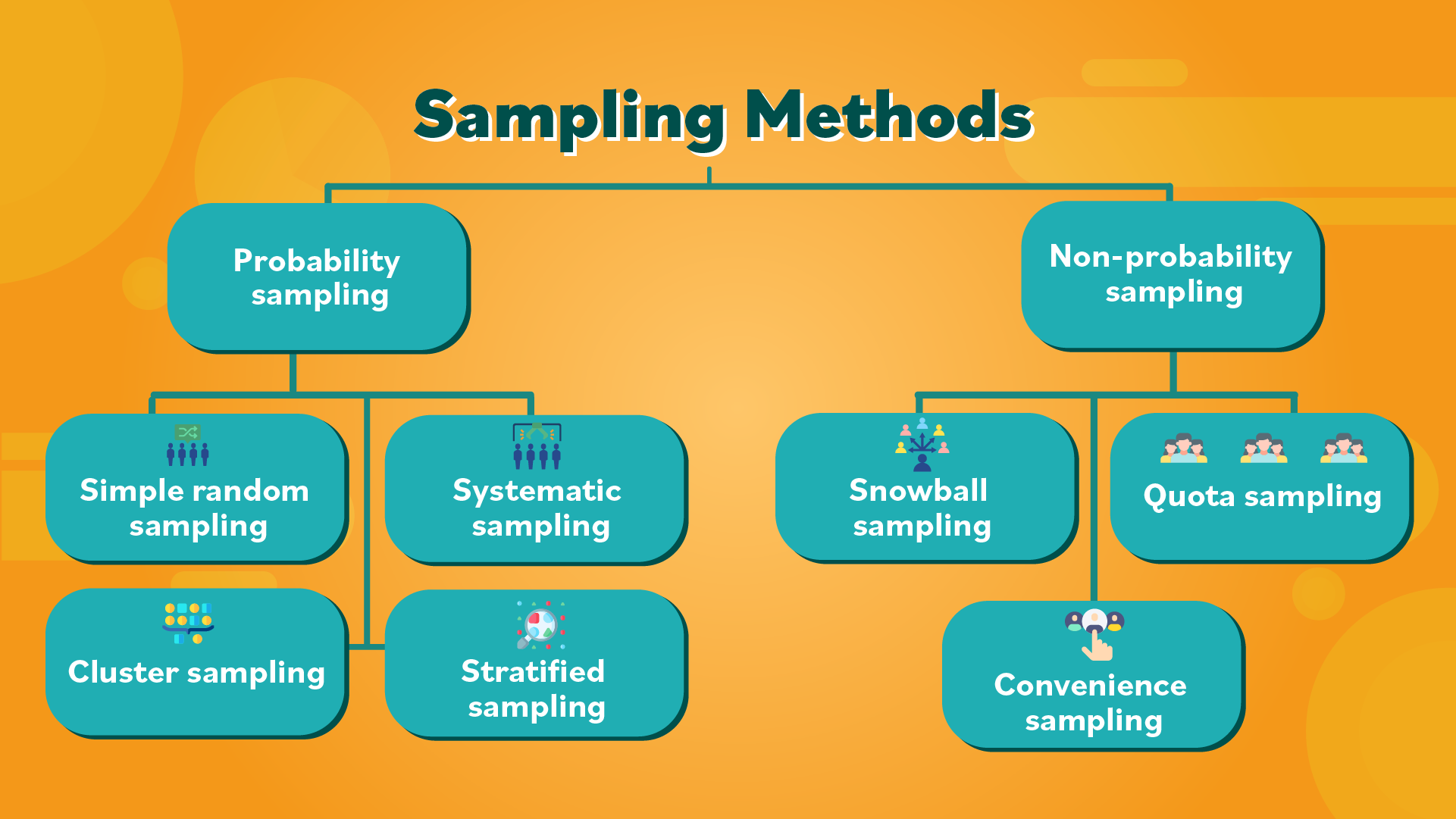Understanding Problematic Behaviors That Rely on Digital Technology: Risks, Examples, and Solutions
Introduction: The Impact of Digital Technology on Behavior
Digital technology has become an essential part of daily life, shaping how people communicate, learn, work, and socialize. While its benefits are vast, the rise of digital platforms has also led to an increase in problematic behaviors that rely on these technologies. Understanding these behaviors, their risks, and actionable strategies for prevention and intervention is critical for individuals, families, and organizations.
What Constitutes Problematic Behavior in the Digital Age?
Problematic behaviors linked to digital technology are actions that, through excessive or inappropriate use of digital devices and platforms, result in negative consequences for mental, emotional, or physical health. These include but are not limited to addiction to social media, online gaming, gambling, shopping, cyberbullying, and compulsive consumption of digital content. [1] Such behaviors often disrupt everyday functioning, relationships, self-esteem, and overall well-being. [4]
Major Types of Problematic Behaviors Reliant on Digital Technology
1. Social Media Addiction
Social media platforms are designed to engage users for extended periods. Social media addiction involves compulsive checking, posting, and interacting online, driven by the need for validation or fear of missing out (FOMO). This can lead to disrupted sleep patterns, impaired social skills, and reduced real-world interactions. [1] Individuals may find themselves constantly preoccupied with digital interactions, even when offline. [5]

Source: ar.inspiredpencil.com
2. Internet Gaming Disorder
Online gaming has grown exponentially, providing entertainment and social connection. However, Internet gaming disorder is characterized by excessive gaming that leads to neglect of personal responsibilities, physical health, and relationships. [1] Symptoms include irritability when unable to play, withdrawal from other activities, and loss of control over gaming habits. [3]
3. Online Gambling
The availability of digital gambling platforms and betting apps has made gambling more accessible. Online gambling addiction involves persistent and recurring engagement in betting activities, often resulting in financial loss, emotional stress, and disruption of daily life. [3]
4. Online Shopping and Auction Addiction
Compulsive online shopping is fueled by the convenience and variety offered by digital marketplaces. Individuals may experience urges to purchase items they do not need, leading to financial strain and emotional distress. Auction sites can further exacerbate this by promoting competitive buying behaviors. [1]
5. Problematic Use of Online Pornography
Consuming digital sexual content can become compulsive, impacting relationships, self-esteem, and mental health. Problematic use may interfere with daily functioning and contribute to feelings of isolation and anxiety. [1]
6. Cyberbullying
Cyberbullying is harassment or intimidation conducted through digital channels such as social media, texting, or emails. Victims may experience anxiety, depression, and a decline in self-worth. The anonymity and reach of technology make cyberbullying difficult to monitor and control, and its impact can be severe, including in some cases contributing to suicide. [2]

Source: ru.wikipedia.org
7. Peer Judgment Based on Digital Device Status
Social pressure regarding the type or brand of digital device owned can lead to feelings of inferiority, exclusion, and bullying. This relatively new form of judgment is especially prevalent among youth, creating additional stress and impacting emotional well-being. [2]
Recognizing Symptoms of Technology Overuse
Common symptoms indicating problematic digital technology use include:
- Constant attachment to digital devices
- Irritability when unable to access devices
- Loss of interest in non-digital activities
- Social withdrawal
- Sleep disturbance
- Preoccupation with online activities
- Eye strain and physical discomfort
Children and teens are particularly vulnerable, with overuse linked to anxiety, depression, and reduced emotional regulation skills. [5]
Real-World Examples and Case Studies
Consider the case of a teenager who spends most waking hours engaged in social media and online gaming. Over time, this leads to declining academic performance, reduced physical activity, and withdrawal from family interactions. Another example is an adult who compulsively checks online shopping sites, resulting in mounting credit card debt and emotional stress. Both scenarios illustrate how digital technology can facilitate and exacerbate problematic behaviors. [1]
Practical Steps to Mitigate Problematic Digital Behaviors
Addressing problematic behaviors reliant on digital technology requires a multi-faceted approach. Below are actionable strategies:
1. Set Boundaries and Monitor Usage
Limit screen time for yourself and family members. Use built-in device features or third-party apps to track usage and enforce breaks. Encourage device-free times, especially during meals and before bedtime. [4]
2. Foster Offline Activities
Promote engagement in sports, hobbies, and social events that do not involve digital devices. Building strong real-world connections can reduce reliance on virtual interactions.
3. Educate About Risks and Symptoms
Teach children and adults about the signs of technology overuse and the dangers of cyberbullying. Awareness can empower individuals to seek help when needed. [5]
4. Seek Professional Help
If problematic behaviors persist, consider consulting a mental health professional with experience in technology addiction. Organizations such as the American Psychiatric Association provide resources and referrals. [1]
5. Address Cyberbullying Proactively
To reduce cyberbullying, schools and workplaces should implement clear policies and provide support systems. Individuals can protect themselves by maintaining privacy settings, reporting abuse, and seeking support from trusted adults or professionals.
6. Promote Balanced Digital Use
Encourage balanced use of technology by integrating it positively into daily life while avoiding excessive reliance. Establish digital literacy programs to help users make informed choices.
Alternative Approaches and Challenges
Challenges in mitigating problematic digital behaviors include resistance to changing ingrained habits, lack of awareness, and the pervasive nature of technology. Alternative approaches may involve community-based interventions, family counseling, or digital detox programs. Solutions must be adaptable, considering individual needs and circumstances.
How to Access Support and Resources
For those seeking help, you may:
- Contact your local mental health provider for assessment and guidance.
- Search for ‘technology addiction support’ or ‘cyberbullying help’ through official medical associations such as the American Psychiatric Association.
- Consult school counselors or workplace HR departments for policies and support options.
- Explore digital wellness resources by searching for ‘digital wellness’ or ‘safe technology use’ through reputable health organizations.
When searching for resources, always use precise terms and focus on established organizations to ensure information is accurate and actionable.
Key Takeaways
Problematic behaviors that rely on digital technology include addiction to social media, gaming, gambling, shopping, cyberbullying, and more. These issues can disrupt daily life, relationships, and mental health. Through awareness, education, and proactive intervention, individuals and communities can mitigate risks and foster healthier digital habits.
References
- [1] American Psychiatric Association (2024). Technology Addictions: Social Media, Online Gaming, and More.
- [2] SUNY Digital Wellness (2021). Problems and Challenges Associated with Digital Use.
- [3] American Psychiatric Association (2024). What is Technology Addiction?
- [4] Alberta Health Services (2024). What Is Problematic Use of Digital Technology.
- [5] Educare (2025). Technology Addiction and Its Implications for Children.
MORE FROM couponito.com













